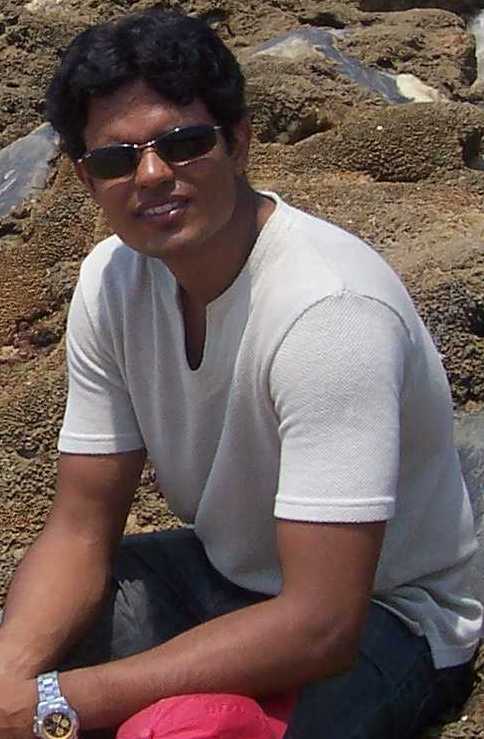The last few years post-pandemic has seen a spike in the number of incidents of heart attacks amongst amateur endurance athletes. We have had cases of sudden fatal collapses in the gym, to seasoned endurance athletes succumb to heart failures.
This had got many of us concerned. I did some asking around - my father in law who is a doctor, cardiologists in the family, opinions on podcasts (like the one on the-working-athlete-podcast). The consensus was - an elaborate investigation may not be necessary if there is no family history of coronary problems, but if you were to get one done, then the best one is CT Angio of the heart.
It is one of the tests that have a negative predictive value of close to 100%, which means that a person with a negative result on this test will not have the disease condition. The negative predictive value is somewhat similar to a false negative metric.
And so I began the search for a diagnostic center, my search parameters
- Cost - provide a lower cost of testing
- professional attention - ideally should have a cardiologist review the results
- personalised - runners / endurance athletes can have some parameters different from the general populace and these have to be considered
I booked an appointment at Prima diagnostic in Jayanagar, Dr. Gururaj Rao was also from the family circle and was fully aware of my background and objective of doing this assessment.
Coronary CT Angio - the scan
On the appointed day, I was advised to go early in the day, with have fasted for at least 4 hours. I had booked a 8:30AM appointment. The CT scan involves observation of the heart when injected with a dye / contrast. The contrast can have adverse effect on the kidney. To rule this out, a Creatinine test is done to confirm kidney function via a blood draw.
I had to then change into the hospital overalls. In the preparation room, a drip needle is inserted into a view on the back of the palm. Initially, the nurse inserted this on my right hand.
I was told that the contrast / dye will be administered through this drip needle during the scan. The radiologist then taught me how to hold my breath.
The scan itself is for about 5-7mins - during certain times while the scan is going on, the radiologist speaking over the intercom will instruct the patient to hold his/her breath. During the breath hold, the heart rate should not vary by more than a few counts - this is crucial to get to get a good scan.
But the issue is - the final breath hold happens just after the dye is injected (during the scan) and the dye causes a burning sensation going from the palm to the shoulder, the entire torso and the groin area. To not squirm at this pain and cause the heart rate to go up is a challenge.
In my case, just before the scan, the nurse tried to flush the cannula by injecting saline via the drip needle. This supposedly harmless injection itself was very painful for me. Our option was to try to change to the left hand, I agreed and now had 2 IV cannulas on both palms!!
Thankfully, I was able to keep calm when the dye was injected and was told that the scan was good.
I spent the next 1 hour in the diagnostic center just resting up. After about 2 hours, Dr. Gururaj called me in to explain the results.
I am fortunate to have good genetics - there is no perceptible damage to my heart even after 20 years of moderate endurance exercises. The calcium score was 0 and there was no visible plaques or blockages.
The negative result from this analysis is valid for 5-6 years, which is about the time it takes for the plaques to form, I guess.
The test costs about 10-12k INR, almost the cost of a good running shoe these days, but some TLC for your heart once in a few years may be worth it.


.jpg)

1 comment:
Thanks for the post Manoj - detailed and informative. However '20 years of moderate endurance exercise.. ' ?? Now now....
Post a Comment